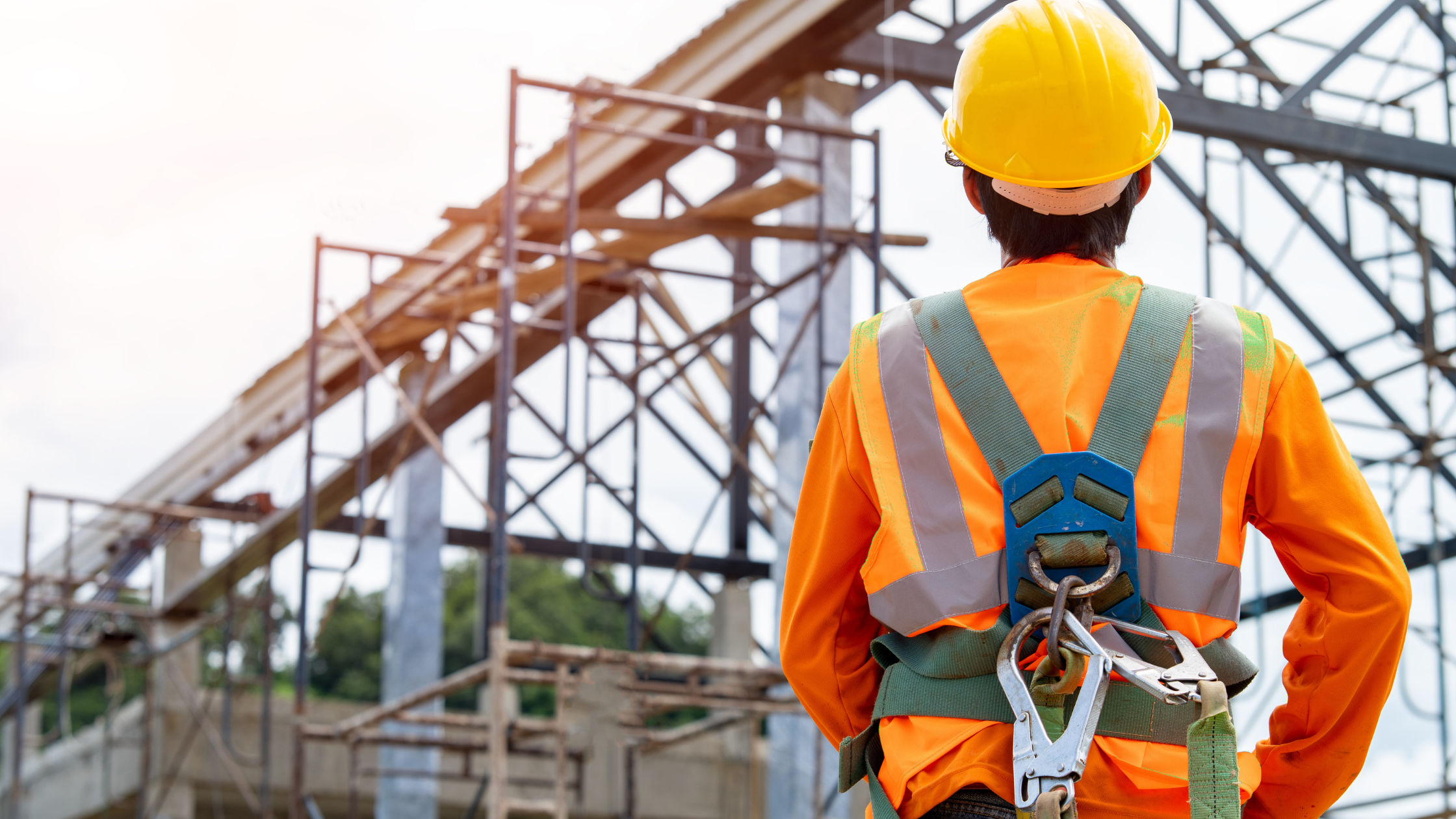There are few things as scary as working at heights. Even for workers who do it on a daily basis, it can be a little scary. After all, there’s a lot that can go wrong. More importantly, if something does go wrong, the consequences will be nothing short of serious. This is why safety should always be a top priority for companies who ask employees to work at heights and use a fall arrest harness on the job.
Of course, not only is it the responsibility of employers to provide workers with a fall arrest harness, but they’re also responsible for making sure the harness is used properly. Supervisors need to instruct workers on the right way to wear the harness and then check to make sure those instructions are being followed. With that in mind, here are a few safety tips that can help ensure that a fall arrest harness is always used safely.
Always Inspect Before Using
Inspecting your fall arrest harness is the most important safety measure and should be done before every use. This means checking all of the D-rings and buckles for cracks or other deformities. It also means checking the stitching, straps, and webbings for any broken fibers or damage. Every inch of the harness should be inspected before every use and it should not be used if there is any sign of damage or obvious wear and tear. Even if it’s “probably” safe enough to use, if there’s any chance that something could go wrong, it’s not worth the risk.
Check Lanyards
While you’re checking your equipment, don’t forget the lanyard, which should be attached to an anchor point and your D-ring. Look it up and down for broken strands. If any are found, the lanyard will be unusable. If it’s a new lanyard, read through the manufacturer’s guidelines to double-check that it can handle enough weight and is compliant with OSHA regulations.
Adjust and Tighten for the Individual
It’s important to remember that a fall arrest harness is not a one-size-fits-all piece of equipment. Each individual should adjust it so that the harness is both safe and comfortable. Keep in mind that the D-ring should be even with your shoulder blades in the center of your back. Meanwhile, the chest strap should be tight enough to catch you during a fall. Leg straps shouldn’t be too loose or they can lead to an injury if you fall, but they also shouldn’t be too tight or they could cut off circulation and limit mobility. Remember that the fall arrest harness should be tight but not to the extent that you can’t move freely when working at heights.
Keep Everyone Safe
Whether you have employees who use a fall arrest harness or not, there is a lot that manufacturers can do to keep employees safe all the time. Many companies utilize special safety software that’s designed to manage every aspect of safety company-wide. EHS Insight offers software that helps with accident reports, inspections, safety training, and much more. In the long run, it’ll save both time and money while creating a safer work environment for all employees.
If your goal is to keep all employees safe and healthy, get in touch with us right away and we could have our system set up in a few short weeks.
